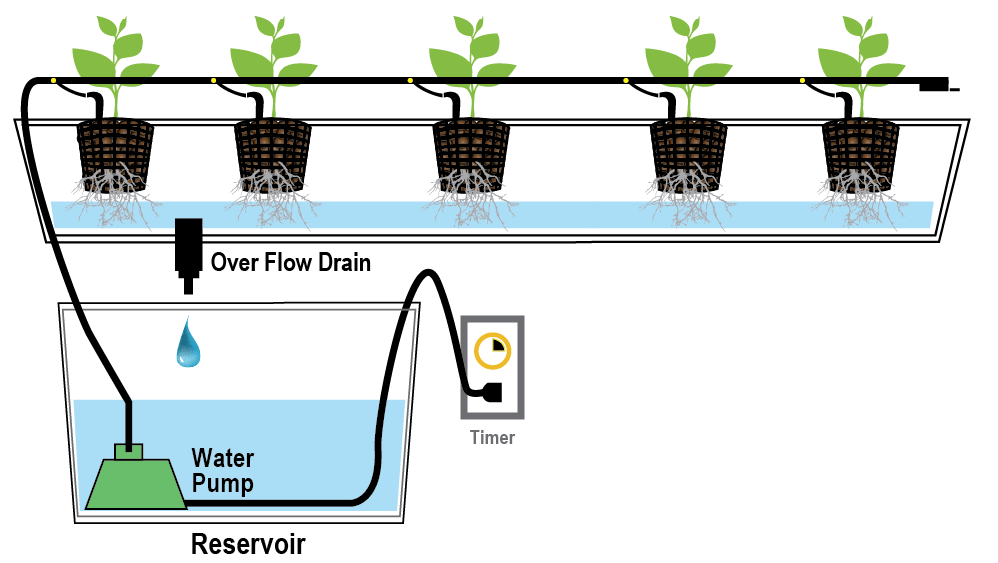7667766266
enquiry@shankarias.in
Israel has presented a drip irrigation system for Children’s Park near India Gate for conservation of water and electricity.

Ground water is the largest fresh water resources on the earth.
World Water Day is an annual United Nations observance day held on 22 March.
To achieve the goal of ‘more crop per drop’ the Pradhan Mantri Sinchayee Yojana was launched in 2015 to promote drip irrigation
|
Central Ground Water Board (CGWB) |
|
|
Commission for Agricultural Costs & Prices (CACP) |
|